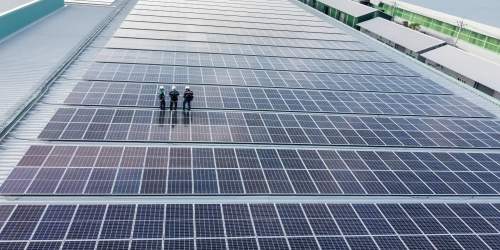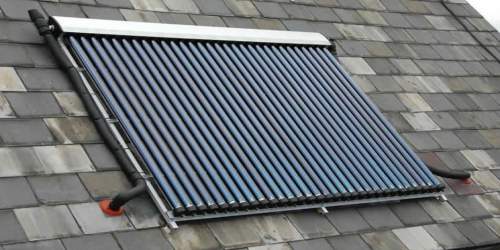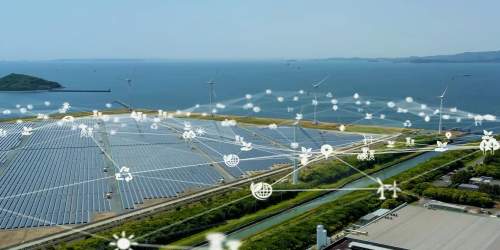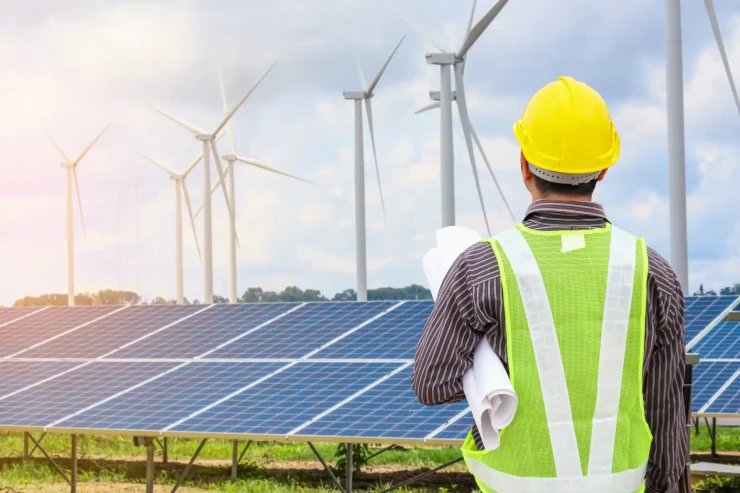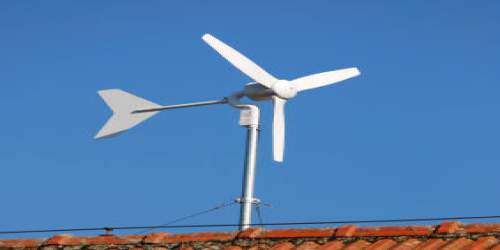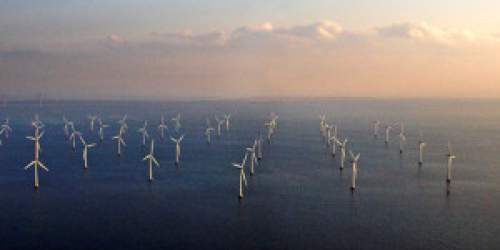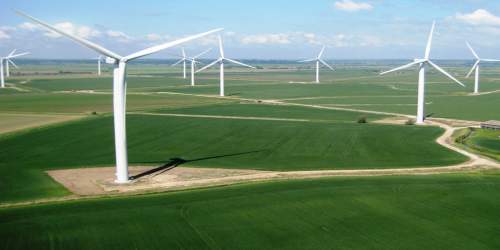When we think of alternative energy production, we automatically picture fields of wind turbines or homes laden with solar panels. However, can we still call these methods alternative when for the first time in 2019 renewable electricity overtook fossil fuels? Even with this great news, the UK is still a long way from being completely supplied by renewables, so are there other alternative energy sources that we, as a nation, can tap into?
Where we humans exert the most energy is in the gym. The miles and miles pounded into a treadmill and the forces exerted on weight machines may just give us the extra boost we need to meet the UK’s demand. There are already examples where gym users actually power the gym itself. Terra Hale, meaning "Strong Earth", is a self-sustaining gym in London, taking the power generated by it's spin class users then pumping any extra energy back to the grid. Though these gyms are not common, they are certainly on the rise as the population becomes more conscious of the environment (and their health!).
A similar gym near Bristol has cross training machines that each feed 100W per hour back into the building’s power supply. People here can kill two birds with one stone by getting fit and saving the planet. With this as an incentive, could we create enough energy through manpower to keep our lights on at night?
Think your workouts are enough to power the world?
An analysis by Uswitch found that gym goers in the UK generate enough energy to make 408 million cups of a month, or cook 4 million pizzas in an electric oven. Over a year this equates to 41.62 GWH generated by the UK’s gym population. This may sound like a lot, but that’s only 3% of the amount generated at the UK’s biggest wind farm, Rampion.

So it seems that powering the entire UK with this method is far from feasible, but perhaps the UK’s small islands could stand to benefit from this boost in energy. The Isles of Scilly, just off the Cornish coast, is the perfect size to be powered indefinitely by all the UK’s gym goers. Whilst the Orkney Islands, off the northern coast of Scotland, could be powered for 2.27 days. Meanwhile, over in Wales, the Isle of Anglesey would last for 1.54 days.
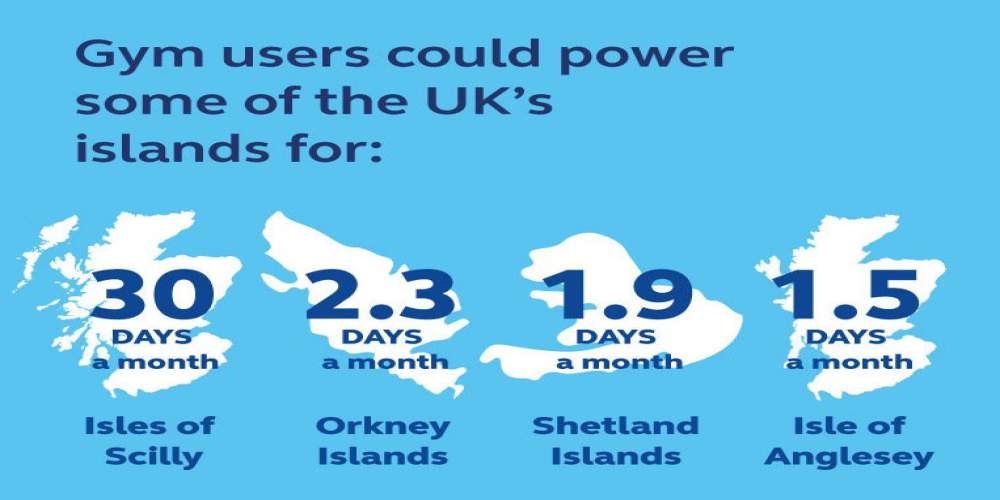
Smart cities the way forward?
So gyms alone aren’t quite ready to power the world, but what about harnessing energy from everyday life? Pavegen is a company that converts city footfall into off-grid power generating up to 5 watts of power for every foot-step. For cities of the future this may well be a viable solution with no reliance on the dedicated few that hit the gym everyday. For all the millions of people that make even the shortest journey by foot, they could be proud that they are contributing to the world’s renewable energy production. A fitter population and a renewable energy source all in one.






